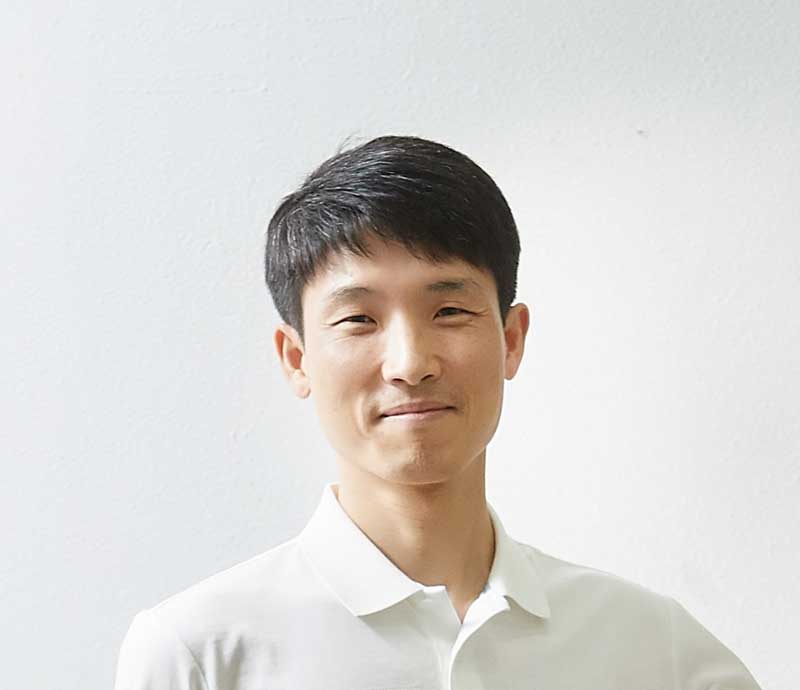Digital Twins: What Are They And Why Should We Care?
Author: News Bureau
Posted: Monday, June 26, 2023 12:00 AM
Categories:
Pressroom | Faculty/Staff | School of Computing | In the News
Macon, GA

Recent advancements in technologies such as the Internet of Things (IoT), artificial intelligence (AI), cloud computing, and data analytics have made it easier and more cost effective to collect, process, and analyze large amounts of real-time data. These technologies form the foundation for creating and leveraging what are known as digital twins, making them more feasible and accessible.
For an explanation of this trending topic, we turned to Dr. Joobum Kim, #MGA assistant professor of information technology.
Give us a brief overview of what digital twins are and their significance in the high-tech industry?
Digital twins serve as a virtual replication of a physical product, process, or system, enabling a connection between the physical and digital realms through the utilization of sensors to gather real-time data pertaining to the physical entity.
In the high-tech industry, digital twins hold great significance. They enable businesses to analyze, simulate, and optimize their products or operations in a virtual space. Through the implementation of digital twins, a diverse range of experiments can be conducted virtually, thus avoiding the expense, time constraints, or feasibility limitations associated with real-world testing. Digital twins also allow for predictive maintenance, where problems can be anticipated and resolved before they cause significant disruptions. Overall, digital twins help companies make better-informed decisions, enhance productivity, and drive innovation.
For instance, the application of digital twins in the realm of manufacturing offers the possibility of enhancing product competitiveness through the reduction of product development time and associated costs. Moreover, by proactively identifying and minimizing problems beforehand, product stability can be assured.
How are digital twins being used in different sectors or industries today?
In 2016, General Electric (GE) introduced Predix, a groundbreaking software that enables the creation of virtualized digital twins for assets, rather than relying on physical counterparts. These digital twins are meticulously simulated and analyzed to replicate the characteristics of real assets, including their current state, productivity, and behavioral scenarios.
A notable application of digital twins is evident in GE's creation of digital twins for jet engines. Equipped with numerous sensors, these engines collect and transmit real-time data. As a result, operators and engineers can continuously monitor the engine's status and proactively address potential issues before they escalate. This capability of digital twins leads to reduced operating costs and extended equipment and asset lifespans. In fact, the accuracy of engine failure predictions has improved by 10%, and the number of equipment failure-related cancellations has been reduced by over 1,000 instances. Another use case is that Tesla employs the creation of digital twins for the cars it sells. The vehicles' sensors collect data, which is then transmitted to the Tesla cloud server. In the cloud, artificial intelligence (AI) analyzes this data to anticipate potential faults and breakdowns, thereby enhancing vehicle maintenance practices and overall safety measures.
The digital twins are also being applied across industries, with applications in aerospace, construction, utilities, agriculture, healthcare, smart cities, etc. For instance, the Singapore government invested approximately $73 million in the Virtual Singapore project from 2014 to 2018. This initiative aimed to create digital twins for every infrastructure component in the city, enabling the quantification of data related to electricity, transportation, weather, demographics, and more. The resulting virtual environment serves as a testbed for various fields, such as urban planning, transportation, and environmental analysis. In the city of Los Angeles, the Itron Ideas Lab utilized Microsoft's HoloLens and Azure Digital Twin services to develop a mixed reality approach. This approach virtually represents the relationships between building materials, infrastructure, and the various sensors installed in downtown LA.
Are there any challenges or limitations associated with developing and deploying digital twins?
Connectivity, privacy, and security of sensitive data present notable challenges in the realm of digital twins. The replication of data, encompassing individuals, companies, and even countries, heightens the risk of hacking and unauthorized access.
Furthermore, the deployment and operation of digital twins pose significant financial obstacles. The implementation of digital twins necessitates substantial investments in technology platforms (including sensors and software), infrastructure development, maintenance, data quality control, security solutions, and ongoing operations. While digital twins can yield substantial cost savings and reduce development time, the creation of a digital twin that remains unused can result in considerable financial waste.
Realizing the potential of digital twins requires the integration and implementation of various technologies, such as the Internet of Things (IoT), cloud computing, artificial intelligence (AI), and extended reality (XR). These technologies must be effectively combined, integrated, and appropriately utilized to make digital twins a practical reality.
What’s the bottom line?
Despite the aforementioned challenges, digital twins are poised for widespread expansion across various domains in the future. The continual advancement of cutting-edge technologies like the Internet of Things (IoT), cloud computing, artificial intelligence (AI), and extended reality (XR) will unlock further opportunities and potential. Digital twin solutions are thriving to spearhead a profound digital revolution, aiming to create a better world for humanity by harnessing their advanced capabilities.
Dr. Joobum Kim received his BE in Electronic Communication Engineering at Kwangwoon University in 1999, his MS in Information and Communications at Gwangju Institute of Science and Technology (GIST) in 2002, and his Ph.D. in Telecommunications Engineering at The University of Texas at Dallas in 2016. He worked for Telecommunication Systems Division at Samsung Electronics from 2002 to 2005 as a senior researcher and worked for the Advanced KREONET center at Korea Institute of Science and Technology Information (KISTI) from 2005 to 2019 as a senior researcherHis research areas of interests are Queueing Analysis, Routing and Spectrum Allocation, Elastic Optical Network (EON), Internet of Things (IoT), and Edge Computing.